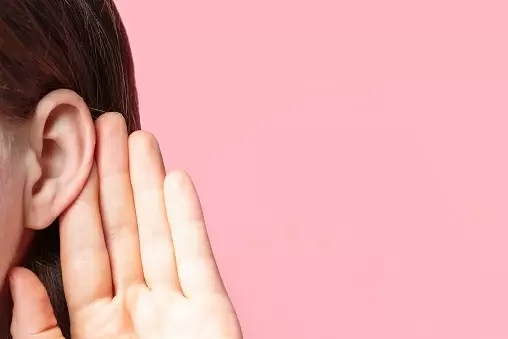Master gene that can restore hearing loss discovered
New York
05-May-2022

Photo: IANS
In a breakthrough, US scientists have discovered a single master gene that programmes ear hair cells into either outer or inner ones, overcoming a major hurdle that had prevented the development of these cells to restore hearing.
"Our finding gives us the first clear cell switch to make one type versus the other," said lead author Jaime Garcia-Anoveros, Professor of Anaesthesia, Neurology, and Neuroscience at Northwestern University Feinberg School of Medicine.
"It will provide a previously unavailable tool to make an inner or outer hair cell. We have overcome a major hurdle," Garcia-Anoveros added.
In the paper published in the journal Nature, the team described the master gene switch - TBX2. When the gene is expressed, the cell becomes an inner hair cell. When the gene is blocked, the cell becomes an outer hair cell.
The ability to produce one of these cells will require a gene cocktail, Garcia-Anoveros said. The ATOH1 and GF1 genes are needed to make a cochlear hair cell from a non-hair cell. Then the TBX2 would be turned on or off to produce the needed inner or outer cell.
The goal would be to reprogramme supporting cells, which are latticed among the hair cells and provide them with structural support, into outer or inner hair cells.
Watch This TWL Video
"We can now figure out how to make specifically inner or outer hair cells and identify why the latter are more prone to dying and cause deafness," Garcia-Anoveros said.
He, however, stressed that the research is still in the experimental stage.
Currently, scientists can produce an artificial hair cell, but it does not differentiate into an inner or outer cell, which provide different essential functions to produce hearing. The discovery is a major step towards developing these specific cells.
The death of outer hair cells made by the cochlea are most often the cause of deafness and hearing loss. The cells develop in the embryo and do not reproduce.
The outer hair cells expand and contract in response to the pressure of sound waves and amplify sound for the inner hair cells. The inner cells transmit those vibrations to the neurons to create the sounds we hear.
"The ear is a beautiful organ. There is no other organ in a mammal where the cells are so precisely positioned. (I mean, with micrometric precision). Otherwise, hearing doesn't occur," Garcia-Anoveros said. - IANS
More Headlines
Indian Startup Founder Salaries Drop 25% Amid Funding Winter
DMK to Launch Statewide Protests Against NEP’s Three-Language Formula
Air India Faces Backlash as Elderly Passenger Denied Wheelchair Falls, Lands in ICU
Shiv Nadar Transfers 47% Stake in HCL Promoter Firms to Daughter Roshni
Telangana Cabinet decides to develop Future City on 30,000 acre
Indian Startup Founder Salaries Drop 25% Amid Funding Winter
DMK to Launch Statewide Protests Against NEP’s Three-Language Formula
Air India Faces Backlash as Elderly Passenger Denied Wheelchair Falls, Lands in ICU
Shiv Nadar Transfers 47% Stake in HCL Promoter Firms to Daughter Roshni
Telangana Cabinet decides to develop Future City on 30,000 acre










